We don’t have a reliable count for how many people have been shot in the United States this year. We don’t know how many were shot last year either. Or the year before that. These most basic numbers should inform our gun violence prevention efforts. But they don’t exist.
This is the void of information that is created and persists when critical research is suppressed.
For those struggling to keep up with our erratic news cycle, what we saw unfold in February at the National Institutes of Health – with communication blackouts, funding freezes and cuts that will obstruct life-saving research efforts – may feel inconsequential. But make no mistake: the peril hanging over our country’s research efforts remains, and we in the gun violence research community are bracing ourselves for a dangerous situation we know all too well.
Our field has already experienced the devastating consequences of defunding and censorship. The story of how we got here begins in the 1990s.
Buoyed by the success of a public health approach in curbing traffic fatalities, researchers were hopeful that the same approach – track the problem, identify and test solutions, share findings and implement what works – could be used to prevent gun violence. The researchers got to work, and that work advanced rapidly. But some of the findings that emerged – in particular, that owning a gun increased one’s risk of being murdered in one’s home – angered the powerful gun lobby.
The late congressman Jay Dickey, who served as the National Rifle Association’s point person in Congress, took up the cause, introducing a provision into an omnibus bill that called for no federal funds to be used “to advocate or promote gun control”. The Dickey Amendment, passed in 1996, did not ban gun violence research outright, but research dollars within the Centers for Disease Control and Prevention were reallocated, and the search for solutions was reduced to a trickle.
Sixteen years later, days after the Aurora theatre mass shooting, Dickey co-authored an op-ed reversing his stance. In it, he urged more scientific research, not less, and stated the truly “senseless” part of gun violence “is to decry these deaths as senseless when the tools exist to understand causes and to prevent these deadly effects”.
Six months later – and one month after Sandy Hook – then president Barack Obama directed the CDC to “conduct or sponsor research into the causes of gun violence and the ways to prevent it”.
But even with the public outcry that followed these mass killings, even with Dickey’s reversal, even with the president’s directive, the pause in research continued.
In 2018, on the heels of yet another high-profile mass shooting – this one at a high school in Parkland, Florida – then president Donald Trump signed a bill clarifying that the Dickey Amendment did not actually prohibit gun violence research.
But it wasn’t until 2021 that these policy changes would lead to the first dedicated federal funding for gun violence research in 25 years. By this time, we lacked the most fundamental tools to support gun violence research: expertise, mentorship, basic data, surveillance and the infrastructure to implement that critical public health approach to address and prevent gun violence.
The year the funding returned, 2021, was also the deadliest on record for gun violence in the US: 48,830 lives lost to guns over the span of just 12 months. As trauma surgeons in Philadelphia, we witnessed this heartbreaking moment in our country’s history firsthand. We were bombarded by the dying and the desperate and the so many who were harmed by this disease of gun violence – a disease our government had, for 25 years, not deemed consequential enough to cure.
Because the CDC tracks gun deaths but not the total number of people with non-fatal firearm injuries each year, we don’t know exactly how many people were shot during that 25-year funding pause. But we do know that hundreds of thousands of lives were forever altered or lost. And the research community could not ask why, could not ask how, could not find the answers we so desperately needed then and so desperately need now.
The suffering of our patients motivates us to do research to prevent gun violence – and the suffering we witnessed during the pandemic-related surge of gun violence very nearly brought us to our knees. We want research to stop our patients from being shot. We want research to stop them from dying.
The moment we find ourselves in today is especially painful because with renewed research efforts over the last few years, we had finally begun to untangle the root causes of gun violence and identify and test solutions. We had also been making progress with gun violence prevention policy nationally.
Three years ago, with bipartisan support, Congress passed the first major federal legislation addressing gun violence prevention in decades. Two years ago, we saw the creation of the White House Office of Gun Violence Prevention, which implemented an all-of-government approach to tackling gun violence. And last year brought the landmark US surgeon general’s advisory, which deemed gun violence a public health crisis that demands attention.
What’s more, we’ve seen the rate of gun violence decreasing. Here in Philadelphia, the total number of shooting victims over the last year is down about a third from the same point just before the pandemic.
We had so much reason for hope, until January, when the White House Office of Gun Violence Prevention was shuttered. Then in February, there were broad attacks on scientific research. And this month, the surgeon general’s gun violence advisory disappeared from the government’s website.
We loathe to think of what the next news cycle may bring.
We were among the first to document the rise in violence in 2020, anticipating the catastrophic years that would follow. Now, as we watch a cascade of executive orders threaten public health and public safety, as we see fears of economic disempowerment sowed across this country, we trauma surgeons are bracing ourselves for another surge in gun violence.
We should be filled with hope, not fear.
But here we are, fearing for our patients, for our communities and for the countless many who will die from this preventable and treatable disease of gun violence because the research that could have saved them was defunded and censored yet again.
No matter your political allegiances, no matter your life experiences, no matter your job, your income, your religion, your age or your race, we must stand firmly, together, in support of research that will help us understand this disease that causes suffering for so many – and one day, find its cure.
-
Dr Jessica Beard is the director of research for the Philadelphia Center for Gun Violence Reporting, a Stoneleigh Foundation Fellow, and director of trauma research at the Lewis Katz School of Medicine at Temple University; Dr Elinore Kaufman is the research director for the division of trauma at the University of Pennsylvania and chair of the Pennsylvania Trauma System Foundation Research Committee. Both are trauma surgeons in Philadelphia.

 German (DE)
German (DE)  English (US)
English (US)  Spanish (ES)
Spanish (ES)  French (FR)
French (FR)  Hindi (IN)
Hindi (IN)  Italian (IT)
Italian (IT)  Russian (RU)
Russian (RU)  3 weeks ago
3 weeks ago



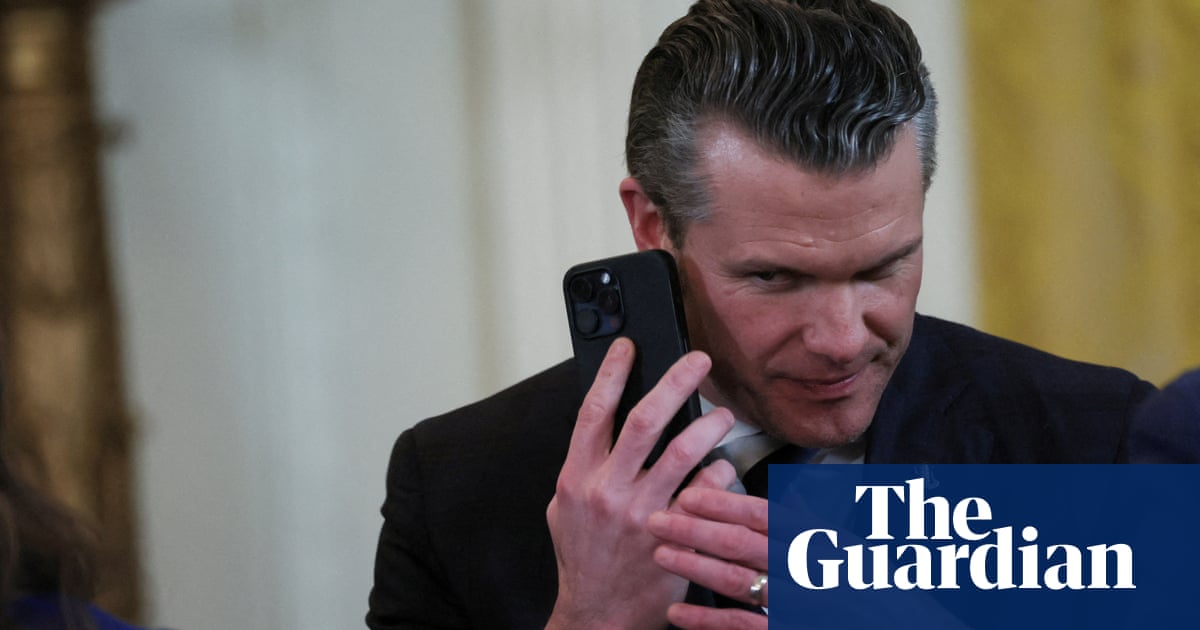

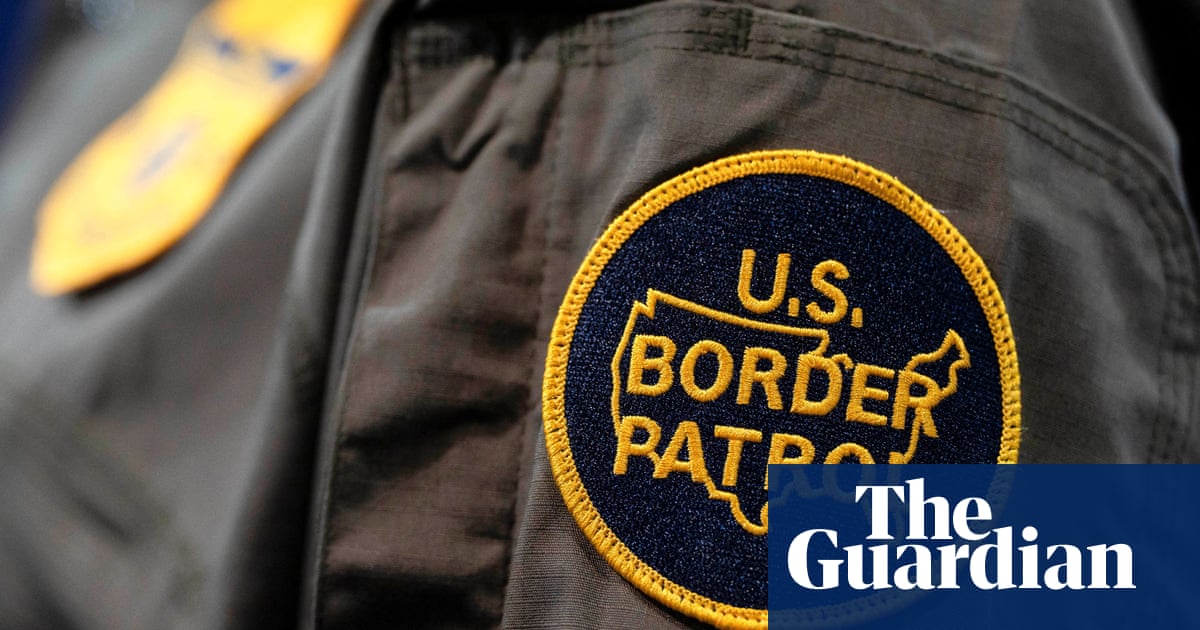

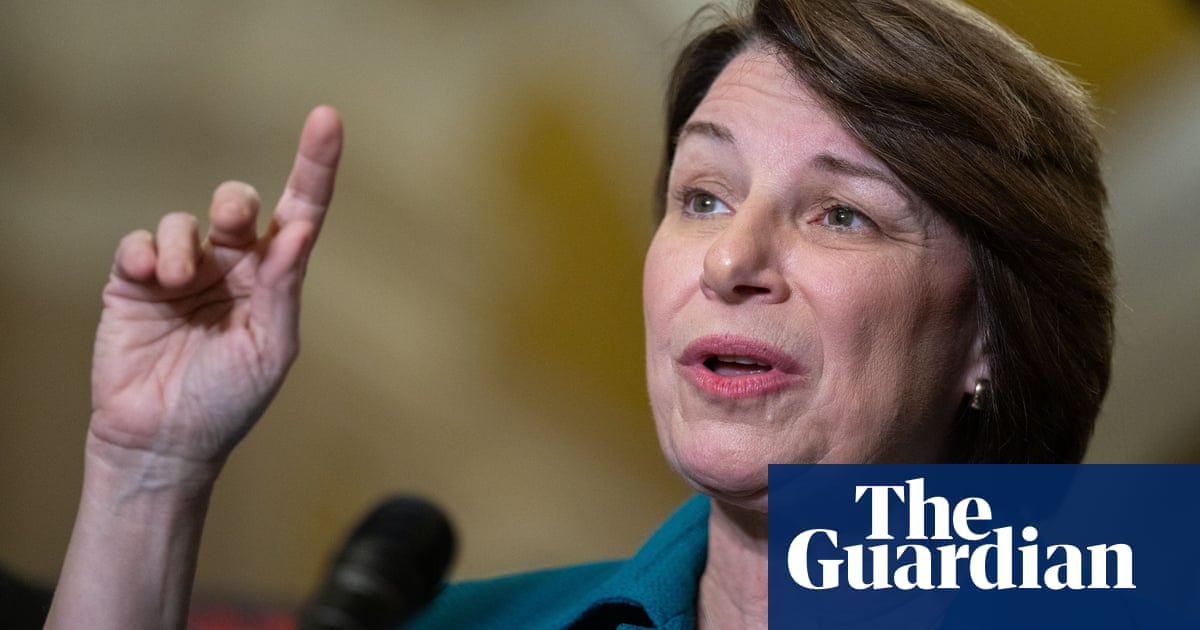










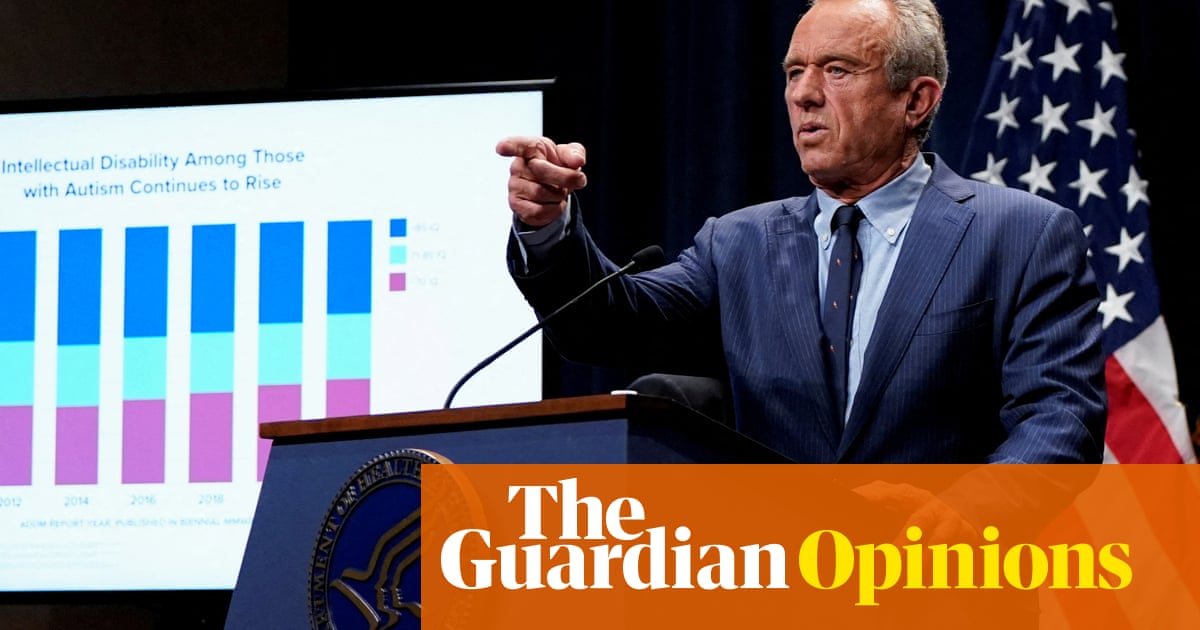

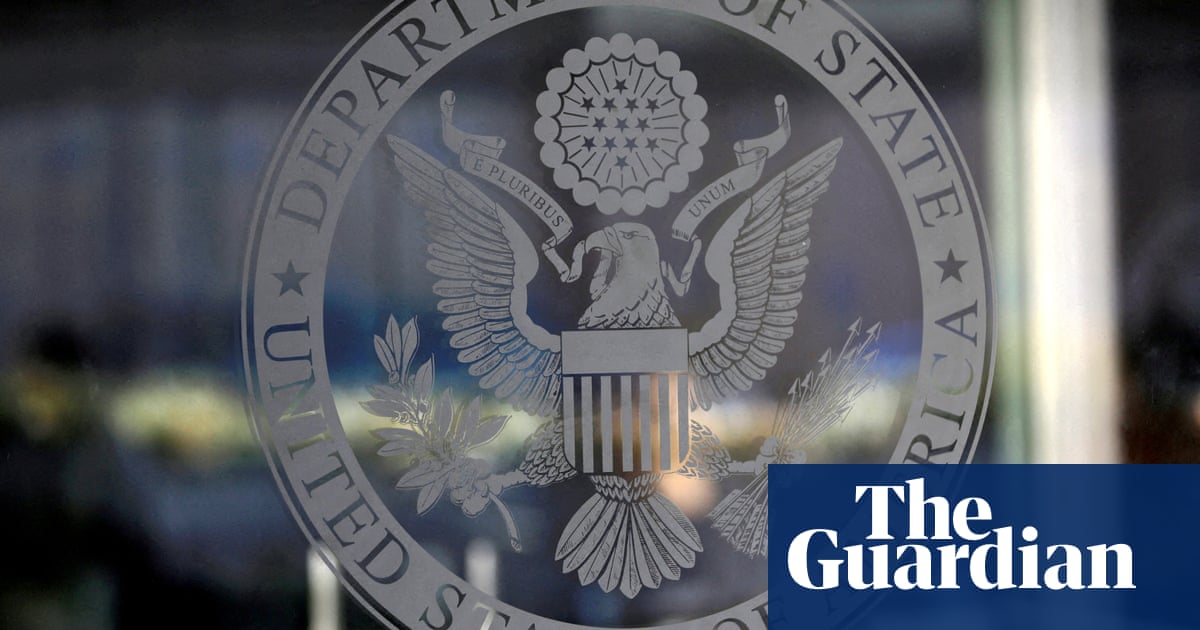
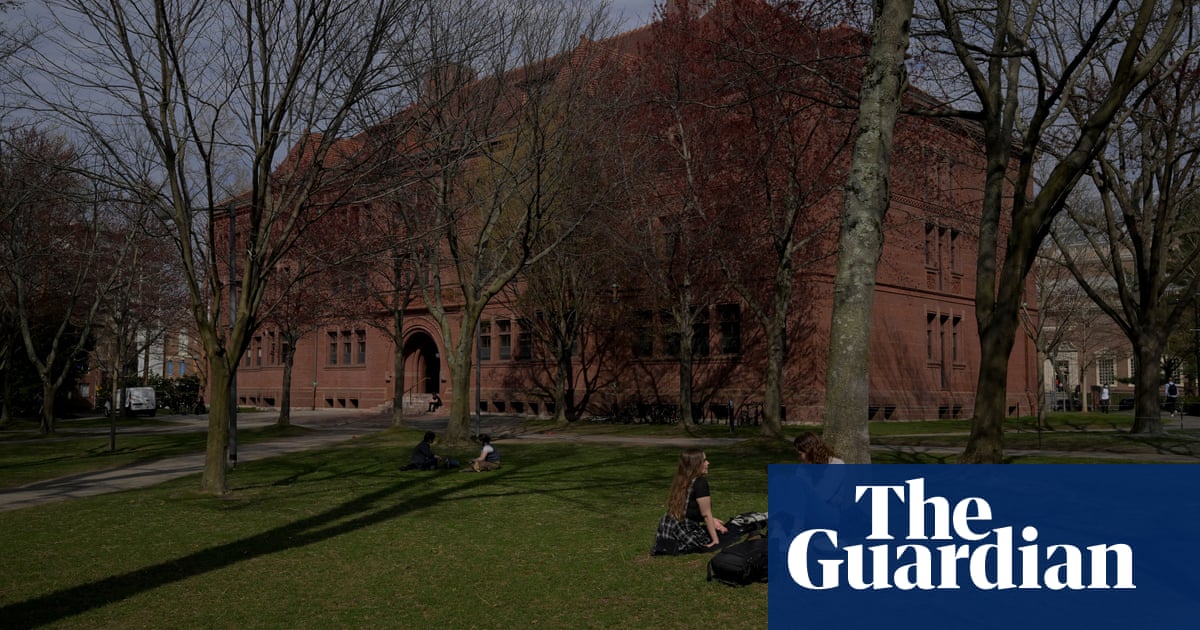


Comments